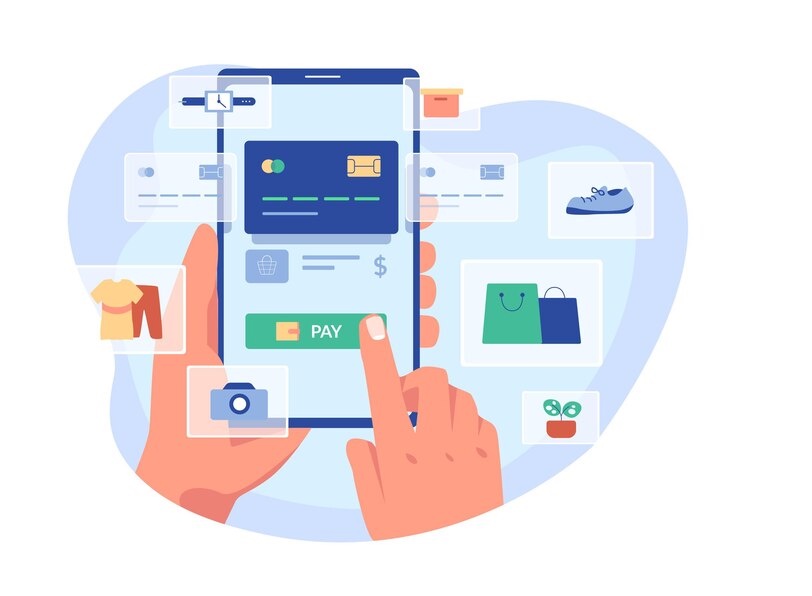In the era of digital transformation, electronic wallet (eWallet) apps have become a pivotal part of the financial landscape. Offering convenience, security, and seamless transactions, these apps are reshaping the way we handle money. This comprehensive guide delves into the intricacies of eWallet mobile app development, providing insights for both beginners and experienced developers.
-
Understanding eWallet Apps: eWallet apps are digital platforms that allow users to store payment information, conduct transactions, and manage finances through a smartphone or tablet. They offer various functionalities, including payment processing, fund transfers, bill payments, and more.
-
Key Features of eWallet Apps: a. User Registration and Profile Creation: Seamless onboarding with email, mobile number, or social media logins. b. Payment Integration: Integration with various payment gateways, credit/debit cards, and digital wallets. c. Transaction History: A record of all transactions, aiding users in tracking their spending. d. Security Measures: Multi-layered security including PINs, passwords, biometric authentication, and encryption. e. Fund Transfers: Peer-to-peer transfers, instant money sending, and request features. f. Bill Payments: Integration with utility providers for easy bill settlement. g. Loyalty Programs: Integration of loyalty rewards and cashback incentives. h. Notifications: Real-time alerts for transactions, offers, and security updates.
-
Technology Stack: Choosing the right technology stack is crucial for the app's performance and scalability. Common components include: a. Front-end: HTML5, CSS, JavaScript, React Native, or Flutter for cross-platform development. b. Back-end: Node.js, Ruby on Rails, Django, or Laravel for server-side logic. c. Database: MySQL, PostgreSQL, MongoDB, or Firebase for data storage. d. Payment Gateway APIs: Integration with platforms like PayPal, Stripe, or Braintree.
-
Development Steps: a. Idea and Market Research: Define your target audience and research market trends. b. Wireframing and Design: Create user-friendly and intuitive UI/UX designs. c. Front-end Development: Develop app interfaces using chosen frameworks. d. Back-end Development: Build server-side components, API integration, and databases. e. Payment Gateway Integration: Link the app to chosen payment gateways. f. Security Implementation: Incorporate encryption, authentication, and fraud prevention measures. g. Testing: Rigorous testing for functionality, security, and performance. h. Deployment: Publish the app on app stores (Google Play, Apple App Store). i. Monitoring and Maintenance: Regular updates, bug fixes, and performance optimization.
-
Security Considerations: a. Encryption: Implement end-to-end encryption to secure user data and transactions. b. Two-Factor Authentication (2FA): Add an extra layer of security with SMS or email verification. c. Biometric Authentication: Utilize fingerprints, facial recognition, or iris scans for user verification. d. Compliance: Adhere to regulations like GDPR, KYC, and AML for user data protection.
-
User Experience: a. Intuitive Design: Create a user-friendly interface with easy navigation. b. Quick Onboarding: Simplify registration and identity verification processes. c. Personalization: Allow users to customize their profiles and preferences. d. Push Notifications: Keep users informed about transactions, offers, and updates.
Conclusion:
eWallet mobile app development is a dynamic field that demands a deep understanding of user needs, security protocols, and the latest technologies. By following this comprehensive guide, developers can embark on a journey to create secure, user-centric, and feature-rich eWallet apps that redefine financial transactions in the digital age.


No comments yet